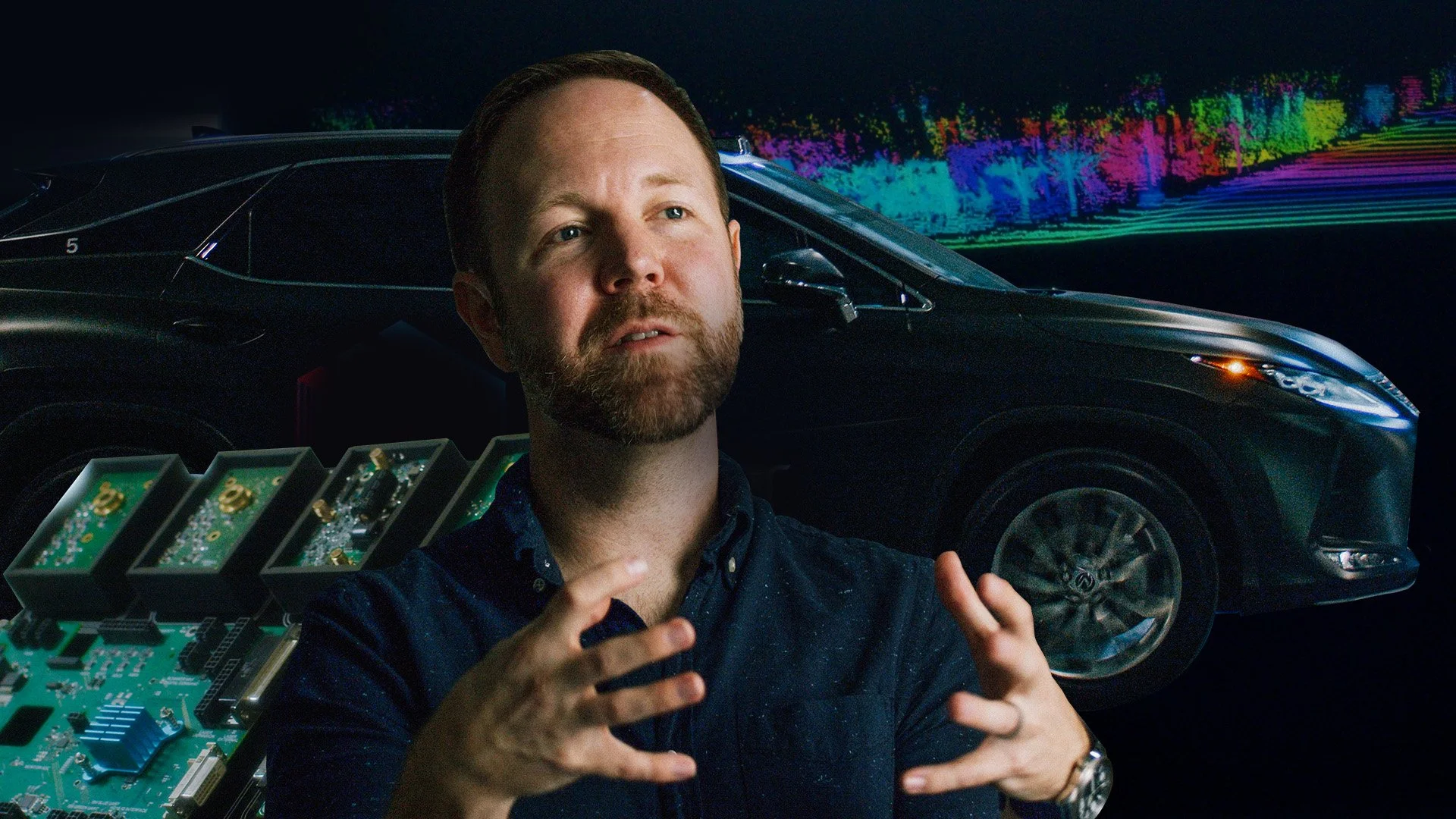
Possible through light
On 16 May, the International Day of Light, we celebrate careers in optics and photonics.
Meet people making a difference through their work in optics and photonics
Creating new worlds
To pass the visual Turing test, virtual reality must be indistinguishable from the real world. Julia uses light to create headsets that complete the challenge, bringing new worlds to reality.
Seeing inside the brain
To better understand how the brain works, Adam and his colleagues invent tools and imaging techniques to visualize the processes that happen deep within the organ.
Planet hunter
When she was a kid, Jessie used to sit for hours watching the night sky. Now she hunts down new planets for breakfast.
Driven by sci-fi
A self-described sci-fi nerd, Matt always dreamed one day exciting tech like self-driving cars would be real. Now he works on them.
The butterfly effect
An undergraduate with many paths to choose from, Paula’s interest in nature and engineering is opening doors to an inspiring and rewarding future.
Learn about the light technology and topics in the videos
Optics and photonics play a crucial role in enabling virtual reality (VR) experiences. Optics manipulate light to create immersive visual environments in VR headsets. Lenses refract and focus light from tiny displays into the user's eyes, creating sharp, lifelike images. Photonics, through technologies like OLED and LED displays, provides the light source for these displays, ensuring vibrant colors and high contrast.
Additionally, optical tracking systems precisely monitor the user's head movements, updating the VR scene accordingly, enhancing realism.
Advanced optics and photonics technologies continually push the boundaries of VR, improving resolution, field of view, and reducing motion sickness, delivering more immersive and comfortable experiences.
How does optics and photonics enable virtual reality?
Light sheet microscopy, or SPIM, is a cutting-edge biological imaging method. It uses a thin laser sheet to illuminate a single plane of a sample, reducing out-of-focus light and photobleaching. This allows longer imaging sessions with minimal damage. It's ideal for visualizing large, 3D samples like embryos or tissues.
SPIM finds applications in developmental biology, neuroscience, and cell biology, enabling study of dynamic processes like cell division and neuronal activity. It's revolutionized our understanding of complex biological systems by providing detailed, 3D insights into their structure and function.
What is Light Sheet Microscopy?
The acronym lidar stands for "light detection and ranging," —a technology using light to provide a three-dimensional image of an environment. NASA originally created lidar to track the position and motion of satellites in orbit, and new uses for applications on the ground are emerging.
The primary goal of lidar in car safety is to serve as a vehicle's eyes, allowing it to constantly view in all directions to avoid collisions with pedestrians, cyclists, animals, and stationery or moving vehicles.
Lidar operates by sending out billions of light photons in the form of a pulsed laser beam, and times how long it takes for the light to reach an object and return. The returning light is captured by the lidar system’s detectors and transformed into an electrical signal, which is then processed to produce 3D point cloud data. Lidar helps vehicles recognize things on or near the roadway by mapping the world in 360 degrees in real time, enhancing safety and reducing or eliminating collisions.
How are cars safer with lidar?
The transit method is the most successful technique used so far to discover planets orbiting other stars. This method involves observing a star's brightness and looking for periodic dips in brightness that occur when a planet passes in front of that star (i.e., transits).
By monitoring the star's brightness over time, astronomers can detect these dips and measure their depth and duration. The size of the dip indicates the size of the planet relative to its host star, while the duration of the dip gives an estimate of the planet's orbital period.
The transit method has been used by several space telescopes, including NASA's Kepler and TESS missions, to discover thousands of exoplanets orbiting other stars.
How are new planets discovered?
The Kepler Mission was a space telescope launched by NASA in 2009 with the primary objective of discovering Earth-sized planets orbiting other stars. The primary mission ended in 2013 after the telescope experienced a mechanical failure that affected some accuracy, but scientists continued to use data collected until 2018.
Over the course of its mission, Kepler discovered thousands of exoplanets, including some in the habitable zone where liquid water could exist on the planet's surface. Kepler's data has significantly increased our understanding of exoplanets and their distribution in the galaxy, and has paved the way for future exoplanet missions such as NASA's Transiting Exoplanet Survey Satellite (TESS).
What’s the Kepler space telescope?
The scanning electron microscope (SEM) uses electrons instead of light to form an image. Since their development in the early 1950s SEMs have led to the development of new areas of study in the medical and physical science communities. The SEM has allowed researchers to examine a much bigger variety of specimens because of how the viewable image is formed.
An SEM works by directing a focus beam of electrons onto the sample specimen and detecting the signals generated by the interaction of the electrons and the sample. The signals contain information about the surface topography and the composition of the sample.
The advantages of an SEM include a large depth of field, which allows more of a specimen to be in focus at one time. The SEM also has much higher resolution, so closely spaced specimens can be magnified at much higher levels. Because the SEM uses electromagnets for magnification and electrons for illumination, rather than lenses, the researcher has much more control over the degree of magnification. All of these advantages, as well as the strikingly clear images, make the scanning electron microscope one of the most useful instruments in research today.
What’s a scanning electron microscope?
The blue morpho butterfly wing is of great interest to researchers studying nanostructures due to its unique optical properties. The wings of the blue morpho butterfly appear blue not because of pigmentation, but because of the structural coloration caused by the intricate patterns on its wing scales – a series of tiny ridges and nano-sized holes. These interact with light in a way that produces a phenomenon called structural coloration. Instead of absorbing specific wavelengths of light, like pigments do, the wing scales interfere with light waves and reflect certain wavelengths of light while canceling out others.
Analyzing these structures helps us to understand how they manipulate light at the nanoscale, and can inspire the development of novel optical materials and technologies such as photonic devices and displays. Using biological structures as a model for designing synthetic materials (known as biomimicry) can unlock new ideas and inspiration for innovation, lead to improved sustainability in multiple arenas, and more efficient and functional designs.
What’s so special about the blue morpho?
Learn how you can get involved with the future of light
-

International Day of Light
May 16 is the annual focal point for the continued appreciation of light.
-

Careers in light
Browse exciting job opportunities in the field of optics and photonics.
-

Resources
Learn more about light and get support with your own professional development.

16 May.
Possible through light.
The International Day of Light is administered from the International Basic Science Programme (IBSP) of UNESCO














